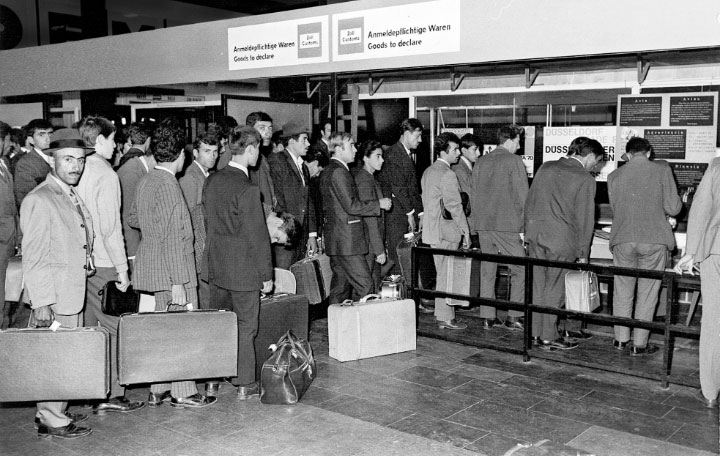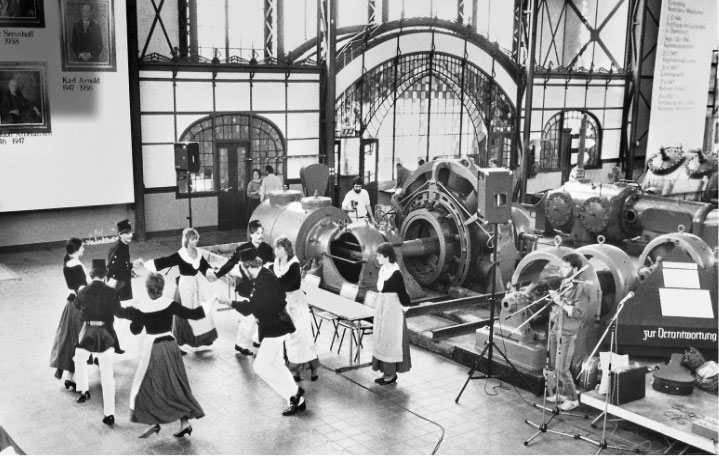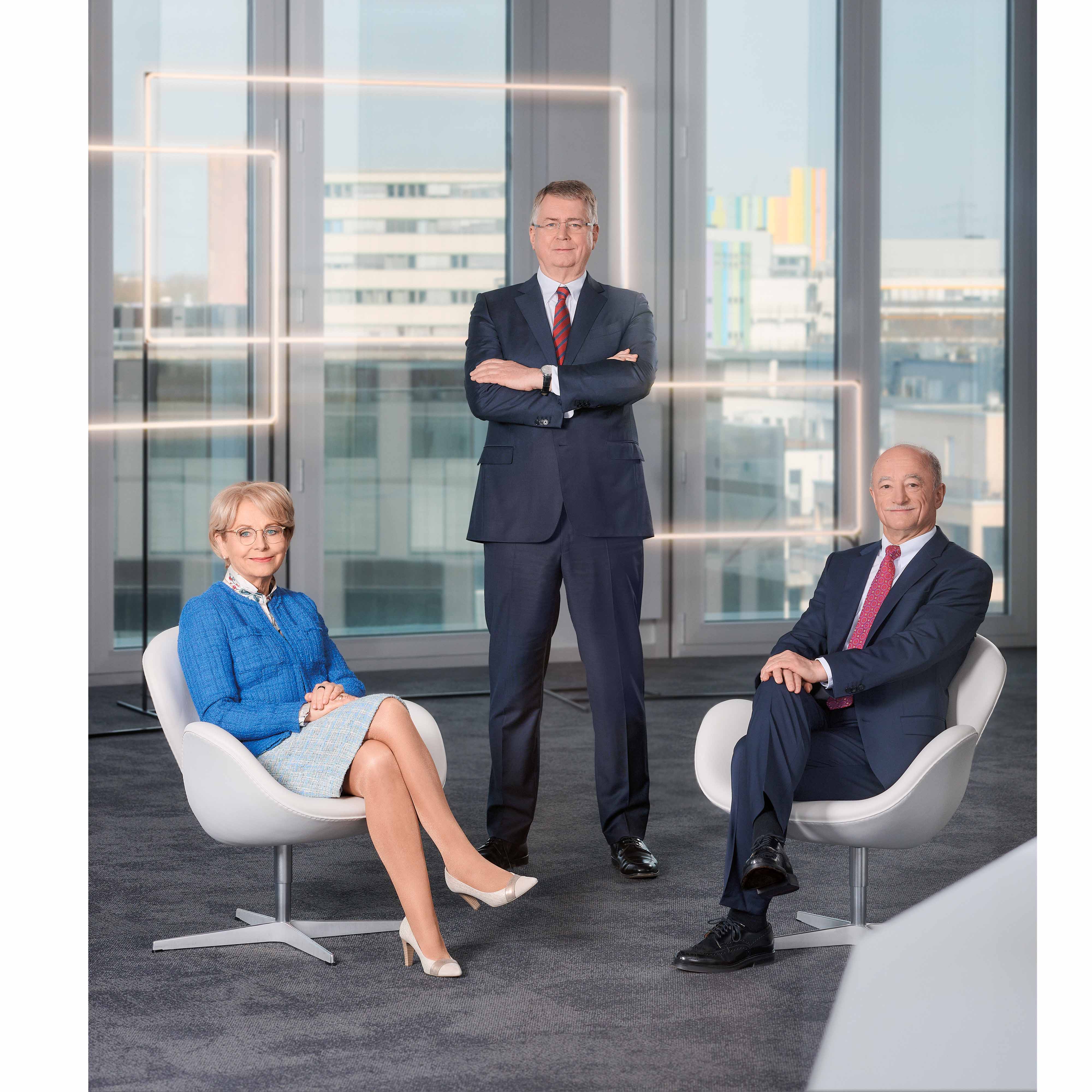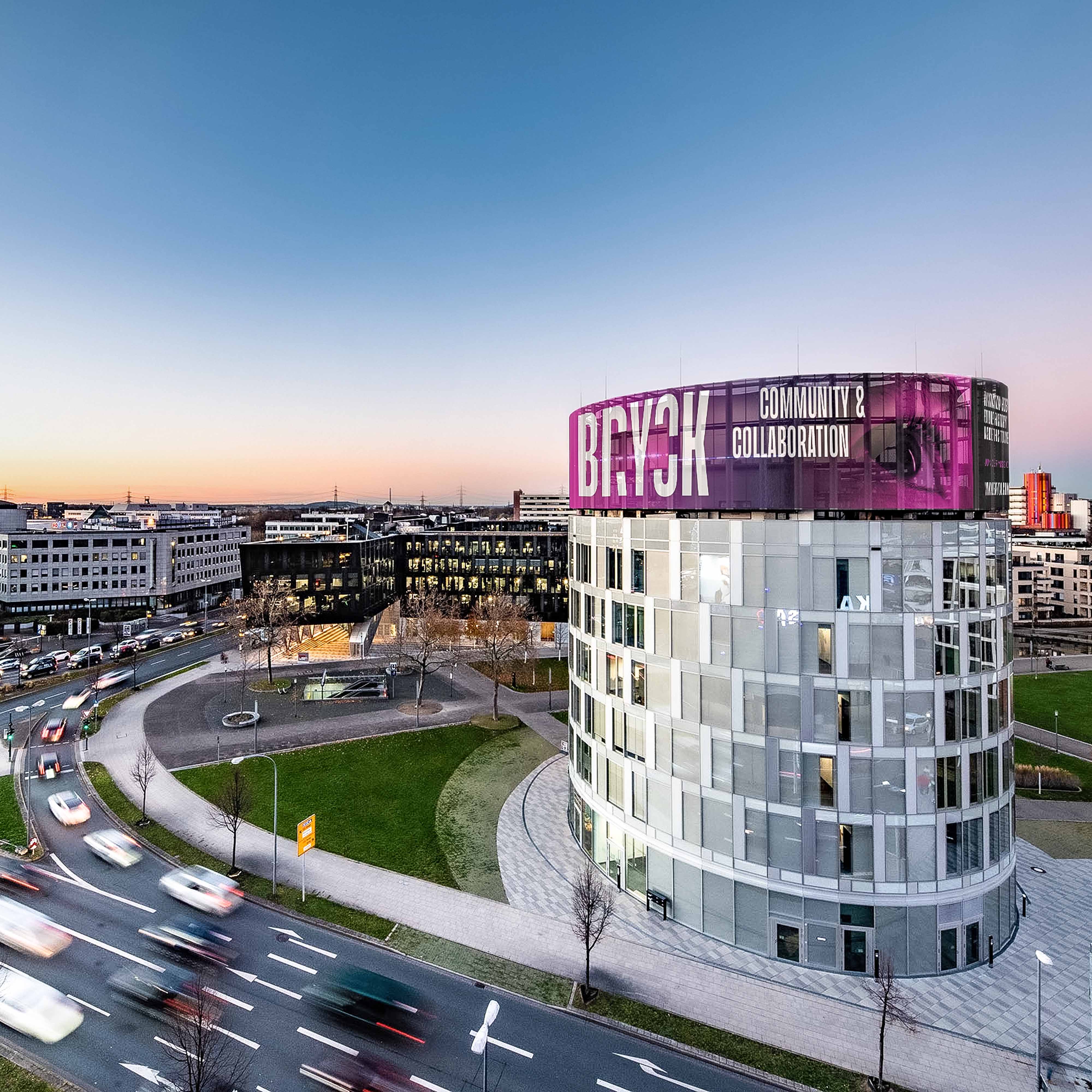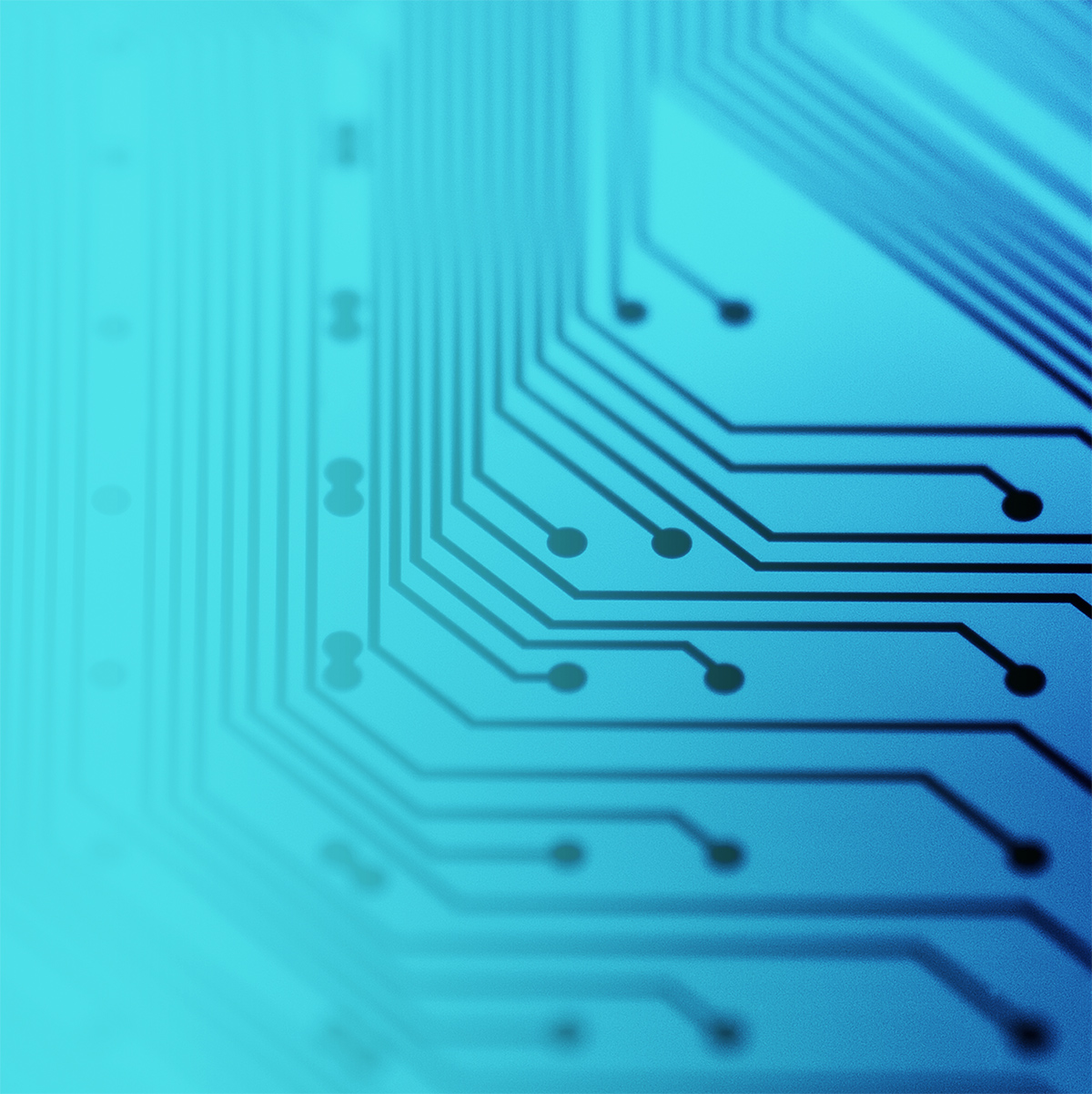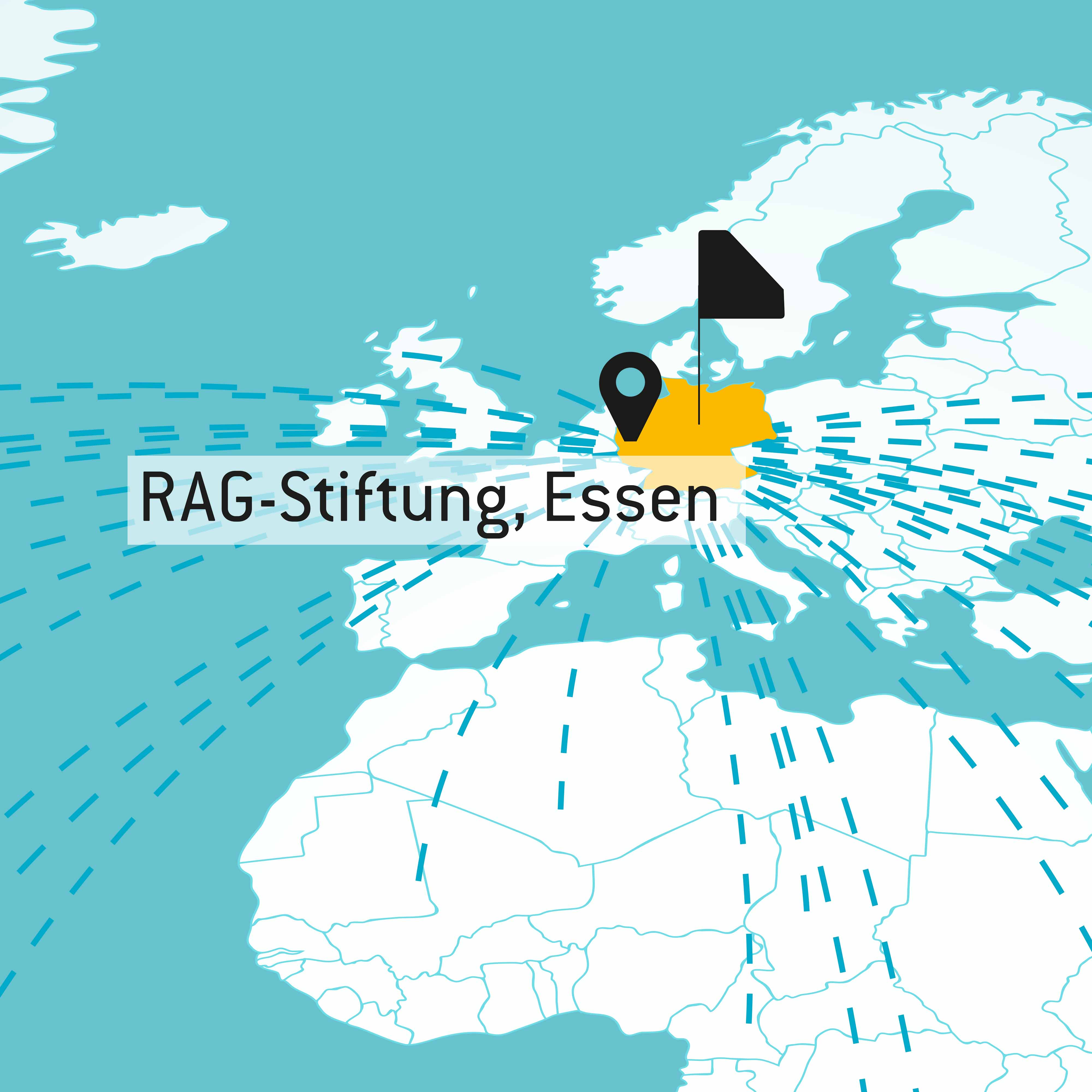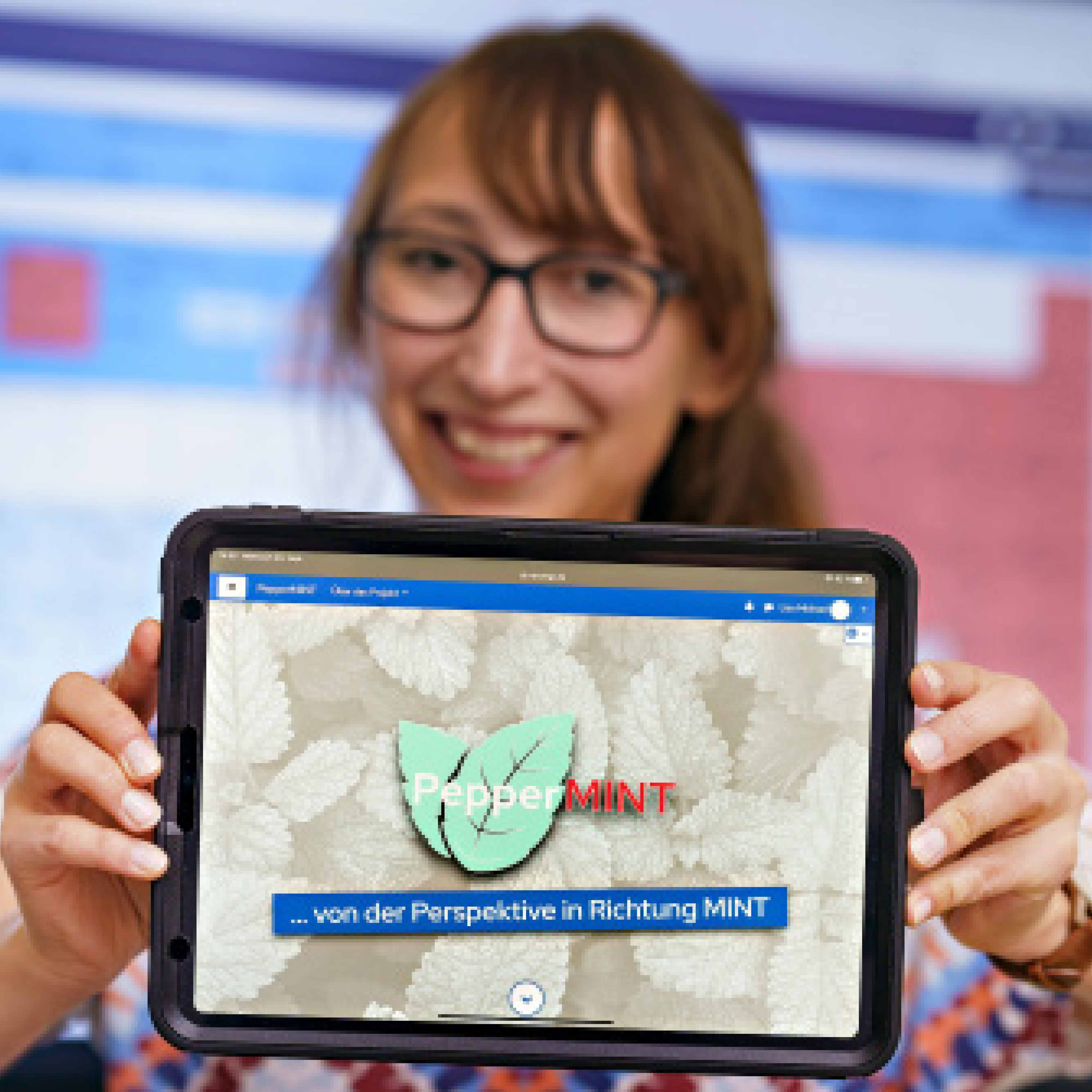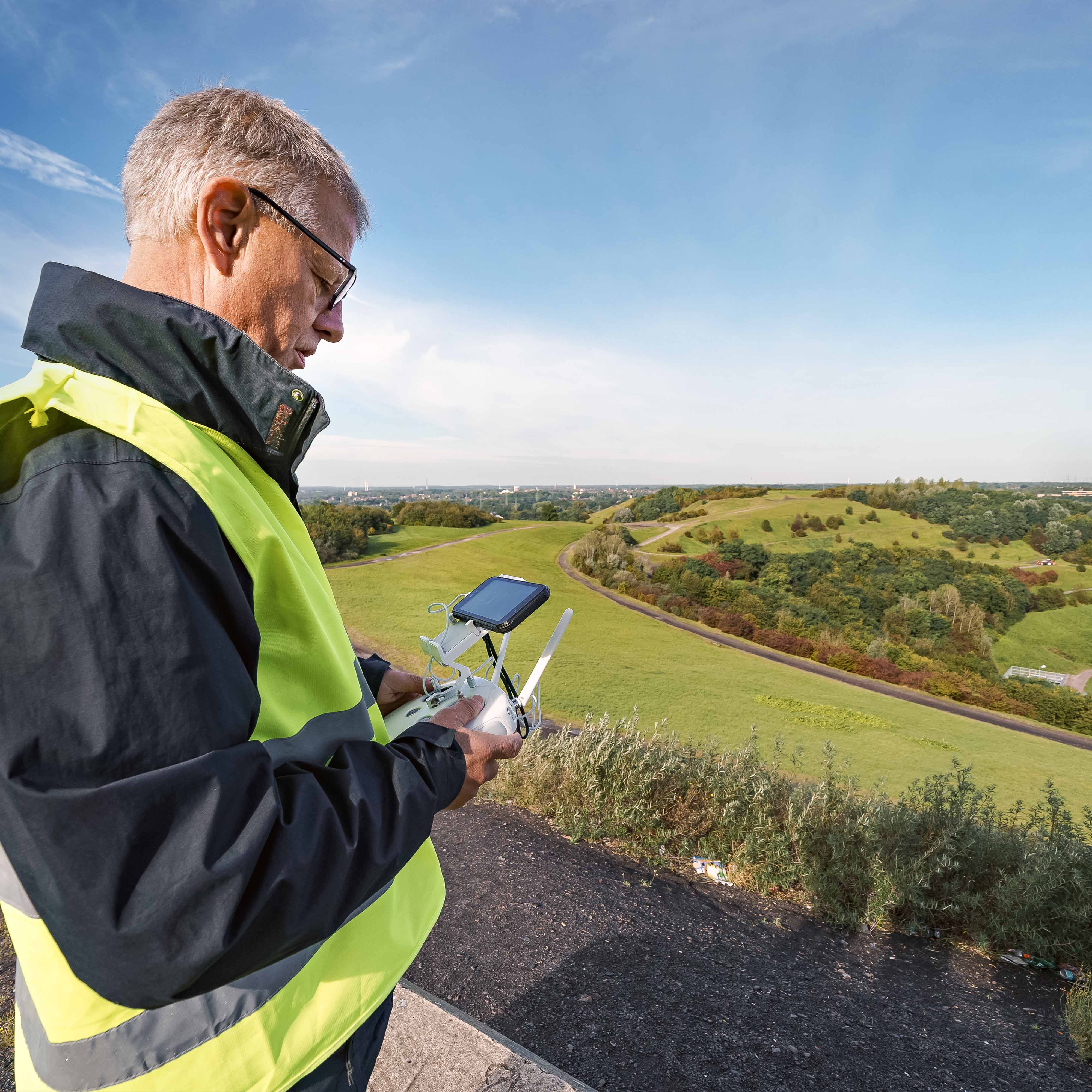The topic of integration is inextricably linked with coal mining, because miners from many different countries have always worked together. Over decades, the solidarity required to survive down in the mine also contributed to successful integration of the migrants above ground as well. The Ruhr area thus developed into a cultural melting pot with its five million inhabitants. And the miners’ values are no less relevant today – quite the contrary, in fact: solidarity, reliability, cohesiveness, tolerance and mutual trust are more important than ever as essential pillars of getting along and thriving in society.
Shaping integration – yesterday and today
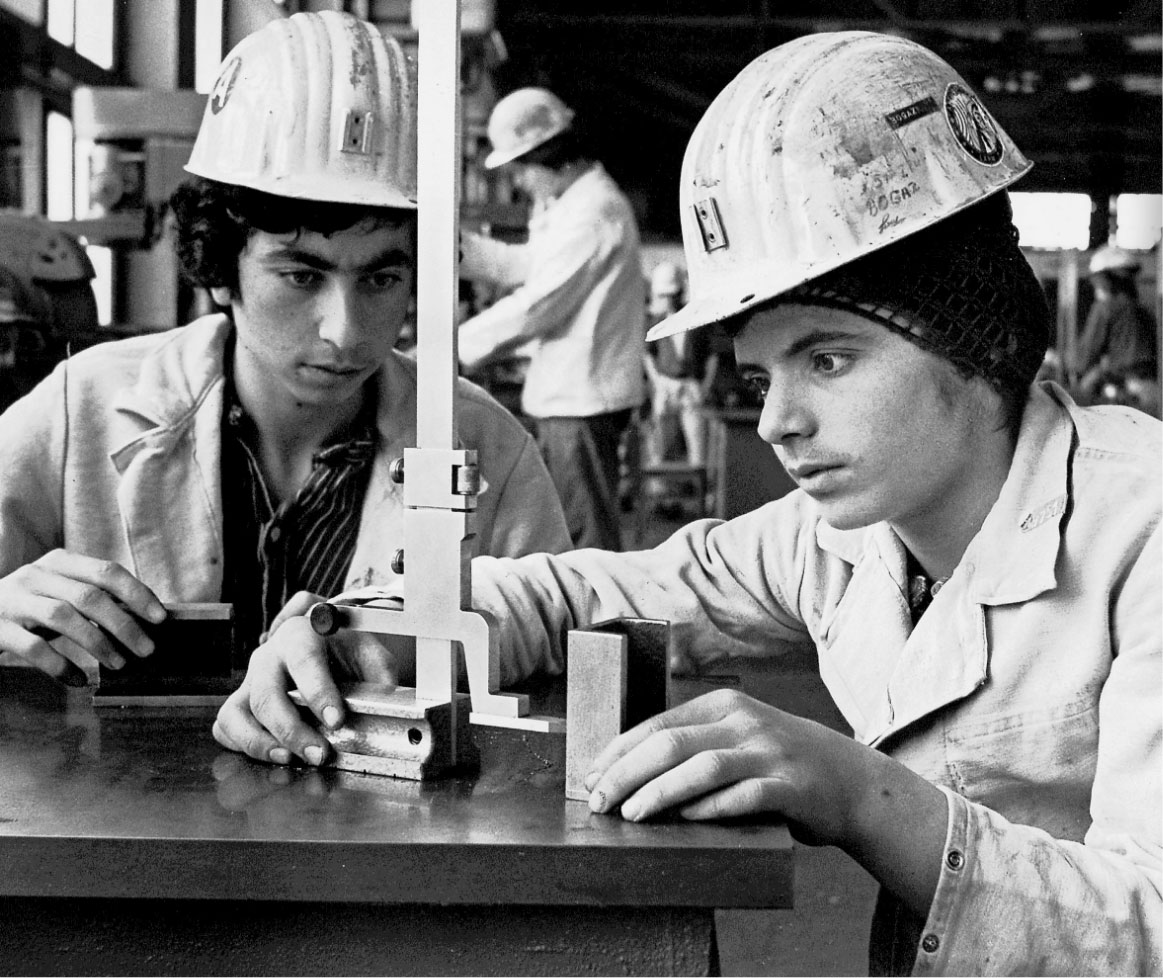
With his photographs, Ergun Çağatay puts a face on immigration: they show the working world as well as the community and family lives of the people who came to Germany from Turkey in the 1960s to work in the coal mining industry. By supporting the special exhibition titled ‘Wir sind von hier’ (‘We are from here’) at the Zollverein UNESCO World Heritage Site, the
Picture above: A tradition of integration
After the arrival of the Turkish migrant workers at the beginning of the 1960s, one particular focus was on training and educating them as well as promoting the language skills of the new arrivals. © RAG-Archiv

‘Wir sind von hier’ special exhibition
Ergun Çağatay’s photographs put on display the working world as well as the community lives of the people who came to Germany from Turkey. © Ruhr Museum/Andrea Kiesendahl
Recruitment agreement with Turkey
Against the backdrop of the history of coal mining, the German–Turkish recruitment agreement from 1961 plays an important role: it was the final yet most important agreement in a series of international contracts that helped secure the necessary workforce for the flourishing post-war economy of the Federal Republic of Germany beginning in the 1950s. More than one million so-called guest workers made their way to Germany as part of the recruitment agreement with Turkey alone. At first, they came solely for work, but ended up staying and finding a new home in the miners’ villages in particular. In the 1980s, miners with Turkish roots made up a majority of the guest workers in the mining industry in the Ruhr region. Thousands more came from Italy, Spain, Poland and the former Yugoslavia, among other countries.
REVAG did pioneering work
At this time, the successful integration was supported by REVAG, a district working group for the cultural support for miners. This specialised organisation did pioneering work, helping guest workers out of linguistic and cultural isolation, creating trust between immigrants and the local population and opening up opportunities for equal inclusion of migrants in social, political, cultural and societal life. Training and education of the guest workers and their families played a critical role in this regard – especially in the context of promoting language acquisition.
While the support programmes were initially aimed at the men’s dormitories, special offers for women and children soon followed. The
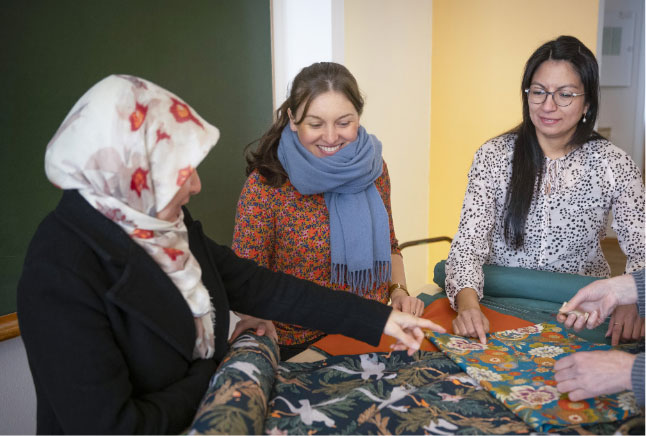
Encounters, exchange and professional integration
The inclusion of women and children was at one time a major component of the migration efforts. Today, this understanding of values is making its impact through the nouranour creative and educational workshop. © nouranour
Integration through education and language
The nouranour project in Witten is an example of how the
Language learning is no doubt a significant building block of successful integration. The earlier this learning begins, the greater the positive impact it has on the educational paths of the children. By supporting the ‘Zukunft früh sichern’ (‘Securing the future early on’; ZUSi) programme, the
Photo exhibition shows German–Turkish worlds
By supporting the ‘Wir sind von hier. Türkisch-deutsches Leben 1990. Fotografien von Ergun Çağatay’ photo exhibition, the
German Federal President
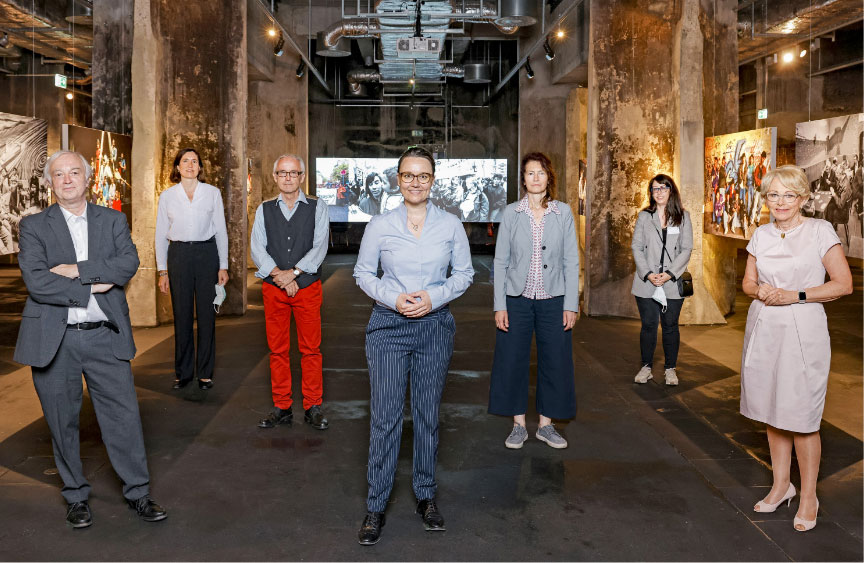
The people behind the exhibition
Front row (right to left): Bärbel Bergerhoff-Wodopia (Member of the Board of Executives of the
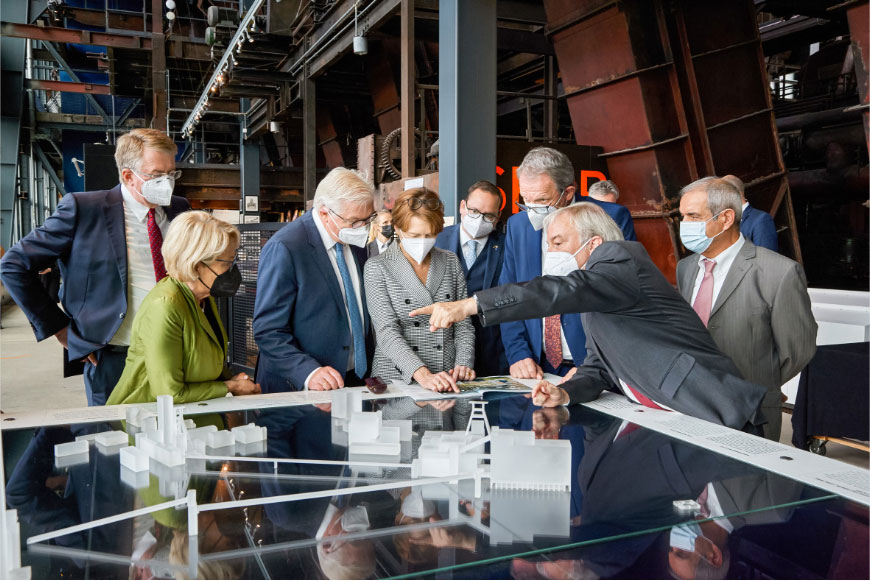
Delegation at Zollverein
For the 60th anniversary of the recruitment agreement, German Federal President
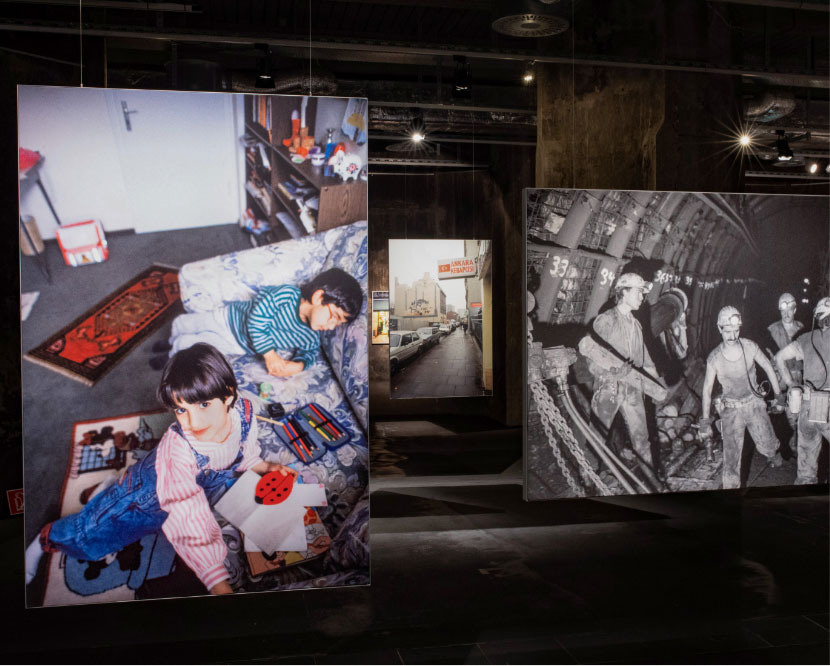
A look at the ‘Wir sind von hier’ exhibition
This section shows photographs of Turkish–German life in Duisburg. © Ruhr Museum/Andrea Kiesendahl
Bridge to the present
In addition to the photographs, the exhibition at the former coal preparation plant also featured eight video interviews with people who lived through the developments, along with a media installation. Moreover, there was a diverse accompanying programme with cultural events and lectures that created a living connection to German–Turkish life of today in the region, for example through cooking, dance and graffiti workshops. Bärbel Bergerhoff-Wodopia also underscores the importance of the cultural project: ‘By supporting this project, the
THE EXHIBITION AT A GLANCE
- SPECIAL EXHIBITION: ‘Wir sind von hier. Türkisch-deutsches Leben 1990. Fotografien von Ergun Çağatay’ with accompanying monograph and an extensive cultural programme
- Project Partner: Ruhr Museum
- OCCASION: 60th anniversary of the signing of the German–Turkish recruitment agreement
- LOCATION: Former coal preparation plant, 12-metre level, at the Zollverein UNESCO World Heritage Site
- EXHIBITION PERIOD:
21 June 2021 to 31 October 2021 - EVENT LOCATIONS: Essen, Hamburg, Berlin, Istanbul, Ankara and Izmir
Video tour of the exhibition ‘Wir sind von hier. Türkisch-deutsches Leben 1990. Fotografien von Ergun Çağatay’. © Ruhr Museum/Marie Heiliger
